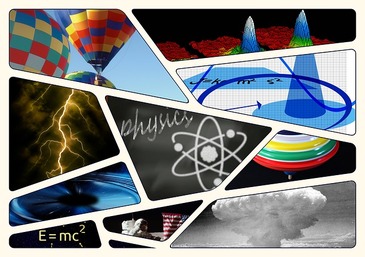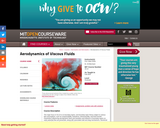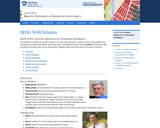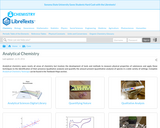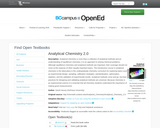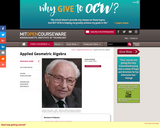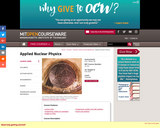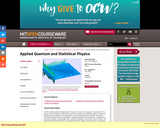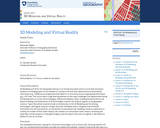
The Geospatial Revolution is going 3D. Immersive technologies such as Oculus Rift, Samsung GearVR, HTC Vive, are revolutionizing how places and data are viewed and analyzed. Instead of interacting with data on a 2D desktop screen, researchers and decision makers can immerse themselves in virtual environments where geospatial data are represented in intuitive, immersive, and flexible ways. VR and 3D modeling are going hand in hand; with the ready availability of massive amounts of environmental data (e.g., LiDAR) and efficient 3D modeling technologies (e.g., SketchUp, CityEngine), realistic immersive scenarios are easier to create than ever before. We are witnessing a paradigm shift which enables new methods of environmental decision making from urban planning to climate change. The combination of iVR and automated 3D modeling enables models of real-world places to be integrated within data visualization workbenches. This course will provide students with an overview of current developments, details different workflows that are available, and provides hands-on experiences with 3D modeling and VR technologies.
- Subject:
- Physical Science
- Material Type:
- Full Course
- Provider:
- Pennsylvania State University
- Provider Set:
- Penn State, College of EMS
- Author:
- Alex Klippen
- Mahda M. Bagher
- Date Added:
- 11/09/2017
